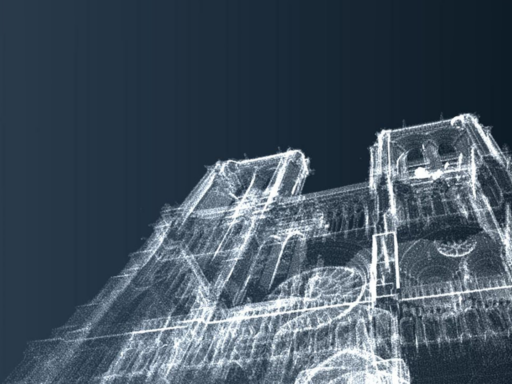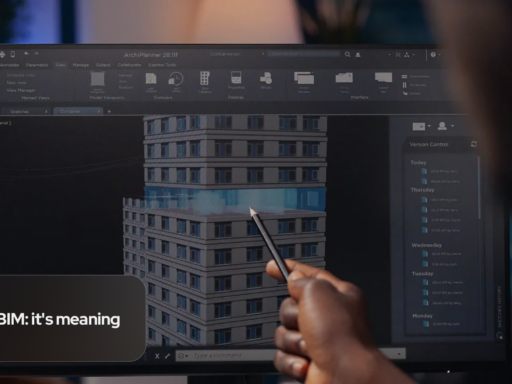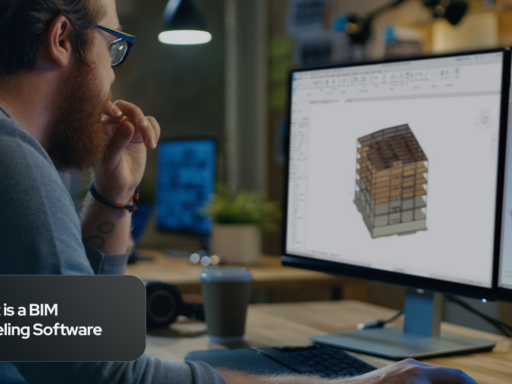Introduction
By integrating agile methodologies and BIM, you can streamline your construction processes and achieve better project outcomes by a 83%.
“The integration of agile methodologies and BIM provides greater speed, flexibility, and customer satisfaction in construction projects.” – John Doe
Understanding the benefits of Agile Construction Methodologies with BIM can be a game-changer for your projects.
Highlights
- Agile methodologies and BIM are essential for efficient construction projects.
- Agile methodologies prioritize iterative delivery, continuous feedback and adaptability to changes.
- BIM revolutionizes the way construction projects are designed, built and managed through the use of digital information.
- Integrating agile methodologies with BIM provides greater speed and flexibility in construction projects.
Understanding Agile Methodologies
What are agile methodologies and how do they prioritize project management?
Agile methodologies are collaborative and flexible approaches to project management. They prioritize iterative delivery, continuous feedback and adaptability to changes. Originally developed in the software development world, agile methodologies have been widely adopted in various industries including construction, to address the complexity and uncertainty that often arise in projects.
In the construction industry, agile methodologies emphasize collaboration and flexibility in project management. They are designed to address the challenges of managing project data located in different sources and locations, providing a structured approach to managing and adapting to changes in today’s fast-paced environment. By integrating agile methodologies with Building Information Modeling (BIM), construction projects can benefit from greater speed, flexibility and customer satisfaction.
Understanding BIM Methodology
BIM methodology is a game-changer in the construction industry, revolutionizing the way projects are achieved, designed, built and managed. It goes beyond just creating 3D models, it involves the use of digital information to make informed decisions throughout the project lifecycle.
By providing a single source of information, BIM enhances communication and efficiency in construction projects. It allows for better collaboration among project stakeholders and enables real-time visualization of changes, minimizing errors and conflicts on-site.
BIM methodology is not just about technology, it empowers the human aspect of construction by streamlining project data and enhancing collaboration and efficiency. It is an essential tool for architects looking to revolutionize their construction projects and stay ahead in the industry.
Integration of Agile and BIM Methodologies
How do agile and BIM methodologies complement each other?
Integrating agile methodologies with BIM offers significant benefits for construction projects. Agile methodologies prioritize iterative delivery, continuous feedback and adaptability to changes. This approach aligns well with the collaborative and flexible nature of BIM, which goes beyond creating 3D models to use digital information for informed decision-making throughout the project lifecycle.
The interaction and continuous improvement promoted by agile methodologies allow for the development of BIM models in stages, enabling early feedback and the ability to adapt to evolving project requirements. This aligns with BIM’s emphasis on collaboration and effective communication among project stakeholders, including architects, contractors and owners, which is crucial for project success.
Agile methodologies provide a structured approach to managing and adapting to changes, while BIM centralizes information and allows real-time visualization of changes, minimizing errors and conflicts on-site. Both methodologies are focused on delivering value to the customer quickly and efficiently.
By integrating these methodologies, construction projects can achieve greater speed, flexibility and customer satisfaction, revolutionizing the way projects are managed and executed in the modern construction industry.
Applying Agile and BIM Methodologies Together
To successfully apply agile and BIM methodologies together, consider the following tips:
- Foster a collaborative environment where effective communication and collaboration among all project participants (including architects, team members, BIM modelers and subcontractors) are essential to avoid misunderstandings and ensure project success.
- Provide comprehensive training to ensure that the team is properly trained in agile methodologies and understands the ceremonies and ways of working. This will ensure everyone is on the same page and can effectively contribute to the project.
- Organize multidisciplinary teams to leverage the diversity of skills and expertise, crucial for each member to understand their role and contribute to the project holistically.
- Be flexible in planning by dividing the work into manageable stages and being open to adapting to changes when necessary. Agility is key to navigating uncertainty.
- Always prioritize value for the customer by focusing on tasks that add value to the project and meet the customer’s needs, avoiding getting lost in unnecessary details.
- Schedule regular meetings for constant feedback and evaluation to evaluate the project’s progress, identify improvement opportunities and maintain open and constructive communication.
- Utilize effective tools and technologies that facilitate collaboration and project management. Don’t settle for basic solutions, aim for productivity-boosting tools.
- Learn from past experiences by embracing mistakes as learning opportunities and continuously improving based on past experiences.
- Gain support from top management by presenting the benefits and positive results of using agile methodologies and BIM in a clear and convincing manner. Their support is crucial for project success.
- Continuously evaluate and make necessary adjustments to optimize the implementation of agile and BIM methodologies. Don’t be afraid to embrace change.
“Implementing agile and BIM methodologies requires a collaborative environment, comprehensive training, and a flexible approach to planning.” – Jane Smith
The Importance of Integrating Agile and BIM
Embracing Agile allows for flexible project management and quick adaptation to changes, while leveraging BIM provides a comprehensive digital representation of the project. Integrating these methodologies enables construction teams to streamline processes and deliver high-quality projects on time and within budget.
- Improved project efficiency
- Flexible project management
- Quick adaptation to changes
The construction industry needs to understand the significance of integrating Agile and BIM methodologies to stay competitive in the market. By embracing these methodologies, they can enhance collaboration among project stakeholders and improve decision-making throughout the project lifecycle. The integration of Agile and BIM also enables teams to reduce project risks and ensure better project outcomes.
Conclusion
Implementing Agile construction methodologies with BIM can significantly improve project efficiency and collaboration. The ability to adapt to changes quickly and prioritize customer needs allows for better project outcomes. With the use of BIM, teams can visualize the entire project and make informed decisions, leading to reduced errors and rework.
By leveraging these two methodologies, we can expect to see improved project outcomes, reduced risks and better overall project management.






